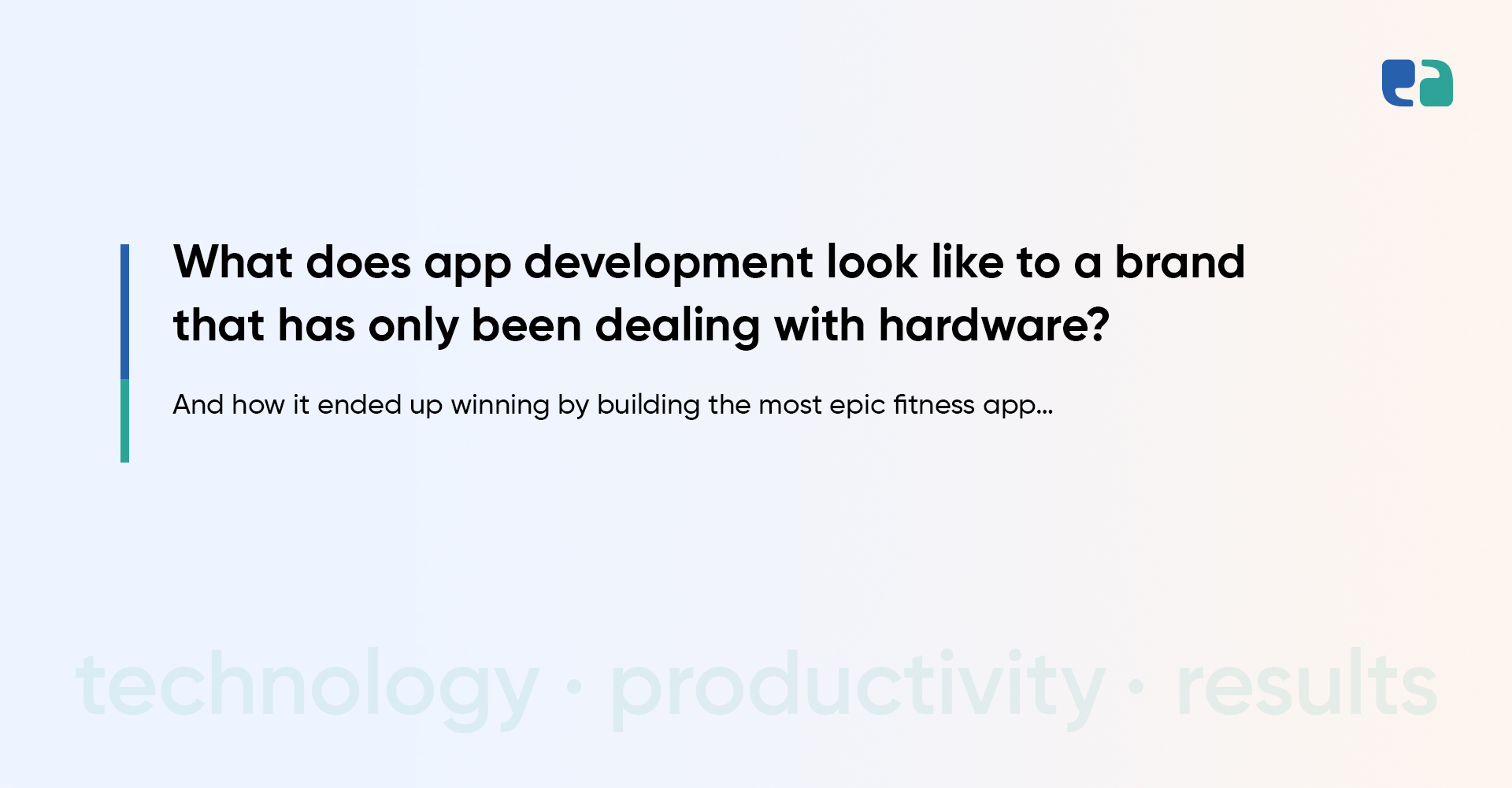The healthcare industry is constantly evolving, and CEOs have a lot on their plate.
Apart from ensuring the best possible care for patients, they also need to streamline operations for better efficiency.
But, guess what?
Mobile health (mHealth) apps can come to their rescue!
As technology continues to revolutionize healthcare delivery, these apps can completely transform the patient experience while driving organizational growth.
Exciting, isn’t it?
Let’s explore more about it!
Embracing Innovation in Healthcare
The world of healthcare is changing rapidly.
With the rise of technology and the growing demands of patients, the traditional healthcare delivery model is undergoing a major transformation.
In this digital era where everyone is glued to their smartphones, mHealth apps are taking center stage, offering a brilliant opportunity for patients to take control of their health and communicate seamlessly with healthcare providers.
With these innovative apps, patients can stay on top of their health and manage their well-being like never before.
So let’s embrace this new digital revolution in healthcare and take charge of our health.
Key Considerations for Healthcare CEOs
Are you a CEO trying to navigate the world of mHealth app development?
If so, we’ve got some valuable insights that could make all the difference in driving your success.
Check out these key considerations and get ready to take your mHealth app to the next level!

Let’s discuss a few of these in detail!
The Impact of mHealth Apps on Patient Care
Did you know that mHealth apps have the power to transform the way patient care is delivered?
These amazing apps go beyond just making operational processes easier.
By giving patients the ability to manage their health, enabling remote monitoring, and encouraging proactive healthcare interventions, they can lead to better clinical outcomes and increased patient satisfaction.
It’s all about putting the power of health in the hands of the people who matter most – the patients!
Leveraging Technology for Organizational Growth
Did you know that mobile health apps can do more than just improve patient care?
They can help healthcare organizations to grow by reaching new patient populations, expanding healthcare services, and fostering collaborations with other stakeholders.
By embracing technology as a strategic tool, CEOs can position their organizations for long-term success in a competitive healthcare landscape.
So, if you’re a healthcare leader looking for ways to stay ahead of the game, consider leveraging mHealth apps to drive growth and innovation!
Recognize the Transformative Potential of Technology
As healthcare CEOs embark on the journey of mHealth app development, the technology is improving operational efficiency and patient outcomes.
By prioritizing user-centric design, ensuring compliance and security, fostering integration, leveraging data analytics, and embracing a culture of innovation, organizations can position themselves at the forefront of healthcare innovation.
Together, let us harness the power of mobile health technology to create a healthier and more connected world.
Today, the adoption of mHealth apps represents not just a technological evolution but a fundamental shift in how healthcare is delivered and experienced.
As CEOs chart the course for their organizations, embracing these insights can pave the way for a future where technology and compassion converge to redefine the possibilities of modern healthcare.



